Tips for cleaning and maintaining solid wood furniture in winter

The winter climate is dry and solid wood furniture needs to be properly moisturized
Winter air is extremely dry, and people often need moisturizing and skincare during this time of year. This applies to solid wood furniture, which is particularly prone to dryness and cracking in winter. Therefore, moisturizing is the first priority in maintaining solid wood furniture in dry weather. It's important to note that the humidity level of solid wood furniture should be maintained appropriately, avoiding excessive or insufficient humidity.
1. Solid wood furniture is prone to cracking in winter
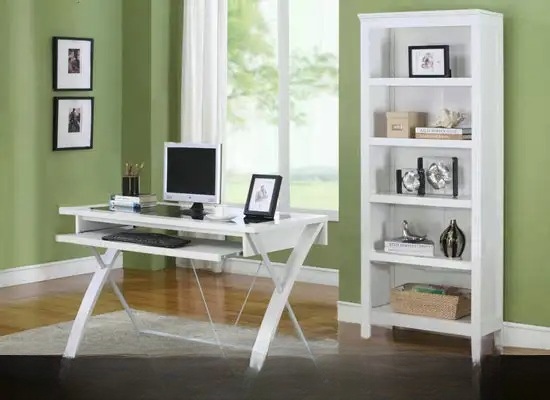
Solid wood furniture is made of wood, which is susceptible to humidity, swelling and shrinking. Winter is typically dry, and many families rely on indoor heating to stay warm, which further increases the dryness of the air. This can cause solid wood furniture to suffer from severe dehydration, leading to cracks that are difficult to repair.
2. Reasonable humidification in the room to prevent furniture from cracking
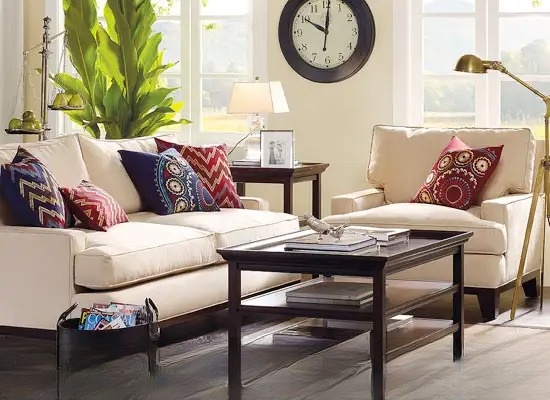
Solid wood furniture is generally expensive. If you don't take good care of it, cracking and other issues can affect its appearance, leading to significant damage. In winter, solid wood furniture is most susceptible to cracking due to low indoor humidity. Once you understand the cause, you can take steps to increase indoor humidity. Common methods include purchasing a humidifier, placing a basin of water, or adding moisture-retaining plants like pothos and lucky bamboo.
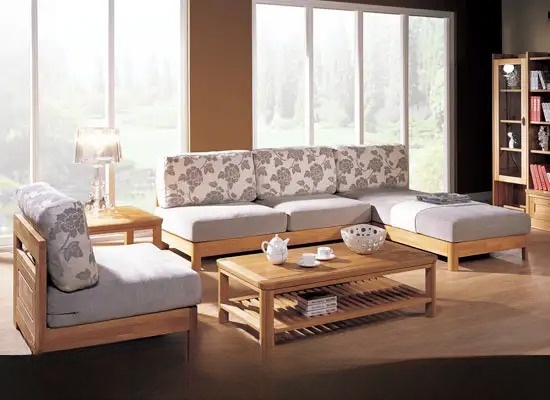
Avoid moisturizing mistakes and over-humidification: While solid wood furniture is susceptible to dryness, it also has a greater vulnerability to moisture. Excessive moisture can easily cause solid wood furniture to swell, corrode, and mold. In winter, when using a humidifier indoors, the ideal humidity level should be between 40% and 60%. Also, avoid placing a humidifier directly on solid wood furniture or leaving it too close for extended periods of time.
3. Solid wood furniture should be kept away from heat sources such as heaters
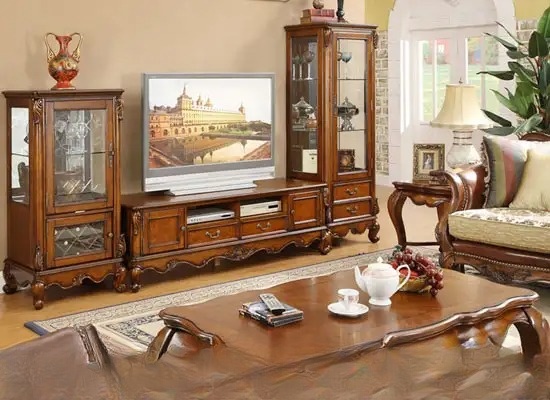
In the freezing winter, every household uses a heater to stay warm. Sometimes, to be closer to the heat source, they unknowingly move the heater close to solid wood furniture. However, these furniture are sensitive to high temperatures. Prolonged exposure to high temperatures can cause the wood to lose moisture, crack, warp, and deteriorate the paint. It's best to place solid wood furniture at least one meter away from the heater.
4. Reduce the time of opening windows for ventilation in winter
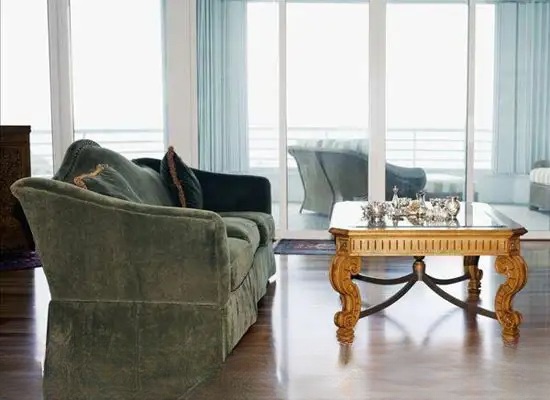
Indoor humidity is higher than outdoor humidity in winter. Therefore, opening windows for ventilation only allows cold air to enter, making the room even drier. Therefore, it is recommended that homes with a lot of solid wood furniture reduce the time and frequency of window openings during winter to maintain a suitable indoor humidity. Also, avoid placing solid wood furniture near ventilation holes.
Timely waxing is the key to maintaining solid wood furniture in winter
When maintaining solid wood furniture in winter, preventing it from drying out and moisturizing it is the first priority. However, the moisture of solid wood furniture cannot be maintained solely by maintaining a suitable indoor air humidity. It should also be maintained through regular waxing to lock in the moisture in the wood, prevent the furniture from drying out and deforming, and restore the furniture to its luster from the inside out.
1. Locking moisture in winter and waxing in time is the key
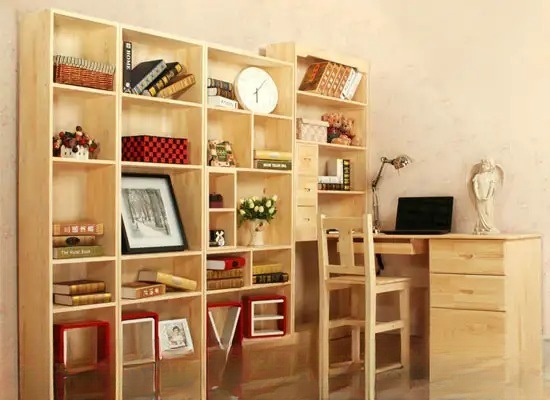
In winter, high indoor heating temperatures and low humidity can easily cause cracks and gaps in solid wood furniture. Regular waxing of solid wood furniture is recommended during the winter. Waxing not only effectively locks in moisture, but also creates a more lustrous finish, making the surface less susceptible to dust and easier to clean.
2. It is recommended to wax solid wood furniture once every quarter

Waxing solid wood furniture has many benefits, and to ensure its longevity, it should be waxed regularly. Under normal circumstances, waxing once a quarter is sufficient. While frequent waxing is harmless, it is recommended to avoid it, as excessive waxing can damage the finish.
3. Solid wood furniture waxing process
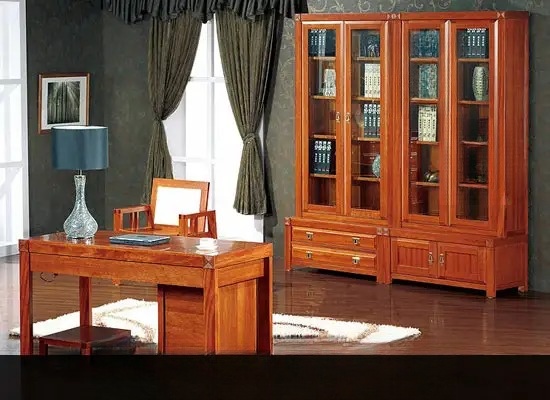
Solid wood furniture waxing process 1: Material preparation, prepare special furniture wax. The quality of the wax is critical. It is recommended not to choose polish containing silicone resin when purchasing, because silicone resin will not only soften the surface of solid wood furniture, but also clog the pores of the wood.

Solid wood furniture waxing process 2: Before waxing solid wood furniture, use mild non-alkaline soapy water to remove the old wax on the furniture, and make sure to dry the surface of the solid wood furniture. In addition, it should be done after completely clearing the dust on the surface of the furniture, otherwise wax spots will form or scratches will be caused by wear and tear.
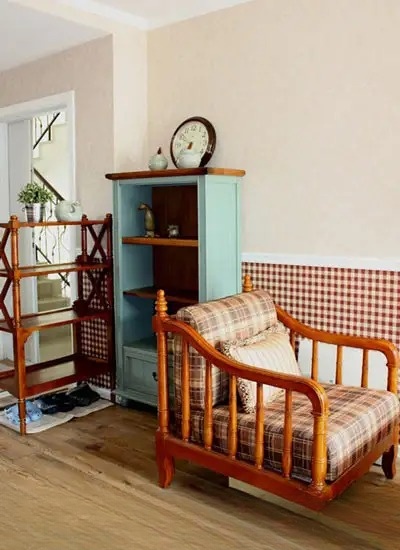
Solid wood furniture waxing process 3: Apply furniture wax on a clean cotton cloth, and do not use too much. This will not only avoid waste, but also make the wax more evenly applied to the furniture.
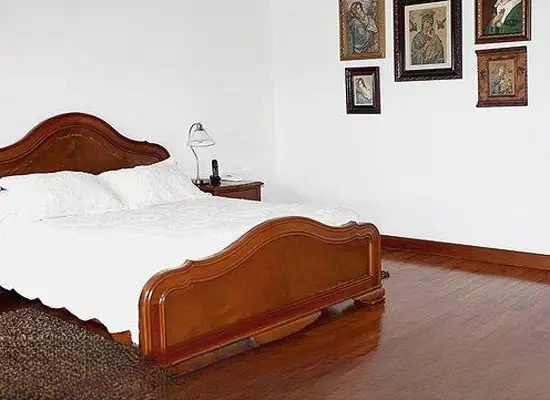
Solid wood furniture waxing process 4: Use a waxed cotton cloth to wax the furniture along the wood grain direction. This can minimize damage to solid wood furniture and extend its service life. When waxing, you should master the principle of starting from shallow to deep, from point to surface, and wax gradually and evenly.

Solid wood furniture waxing process 5: Avoid excessive friction during the waxing process. Excessive friction will damage the surface of the furniture and cause irreparable damage to the solid wood furniture.
Cleaning precautions for solid wood furniture
Winter furniture maintenance requires more than just moisturizing and waxing; it also requires cleaning. Cleaning solid wood furniture in winter is similar to cleaning in spring, summer, and autumn, focusing on removing dust and stains. Here are some things to keep in mind when cleaning.
1. Daily dust removal of solid wood furniture
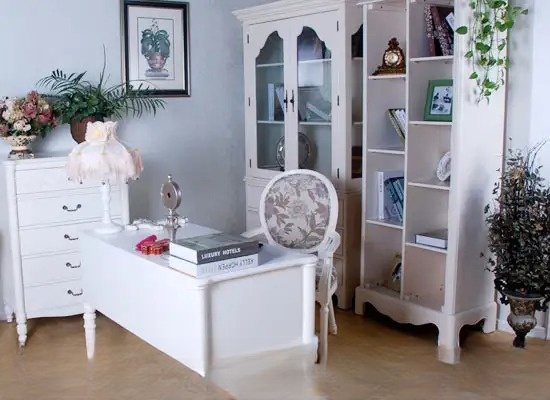
Dust removal: Dust is the number one killer of furniture, especially solid wood furniture. High-end solid wood furniture made from mahogany, teak, oak, walnut, and other woods often feature exquisite carvings. If not cleaned regularly, dust can easily accumulate in the crevices, affecting the appearance and accelerating the aging of the furniture. Dust the exterior of solid wood furniture daily to ensure a smooth, dry surface.
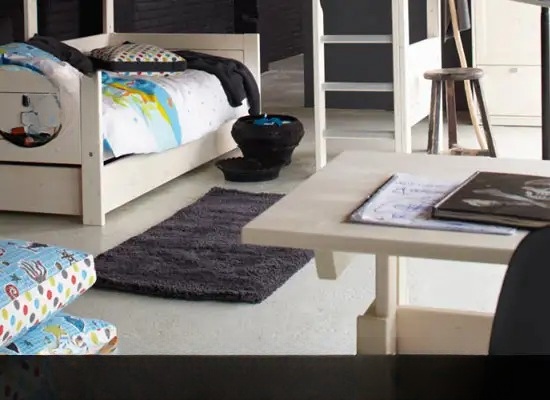
Selection of dust removal tools: Be careful not to use rough rags for dust removal, as they can easily scratch furniture carvings, corners, and small cracks in the wood grain; also be careful not to use wet cloths, as the moisture in the wet cloth will mix with the dust to form particles, which will damage the surface of the furniture once rubbed, and may even cause the furniture to crack in the future.
If there is a lot of dust, you can first use a clean soft cloth dipped in neutral detergent or furniture-specific cleaner to remove it, and then use a relatively soft cotton cloth to wipe the surface again. For some dust on the complex parts of the furniture that cannot be removed manually, you can use a vacuum cleaner to remove it.
2. Cleaning stains on solid wood furniture

Clean stains promptly: Solid wood furniture surfaces are inevitably stained by pollutants from the air, cooking fumes, and stains from use, so they need to be cleaned promptly. Stains are more difficult to clean than dust.
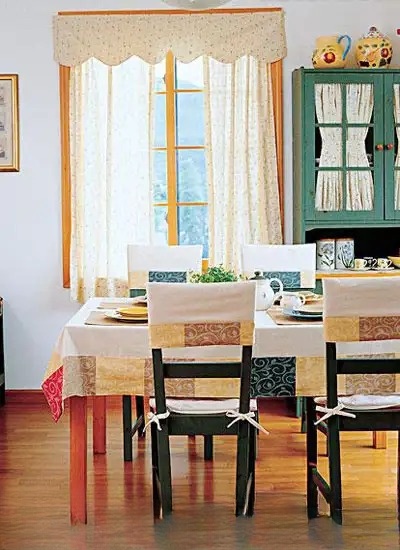
Stain Cleaner: To remove stains, you need to use a dedicated furniture cleaner. Avoid oil-based cleaners, as these can cause whitening on the surface. Also, avoid using alcohol, gasoline, or other chemical solvents, as these can cause fatal damage to solid wood furniture.
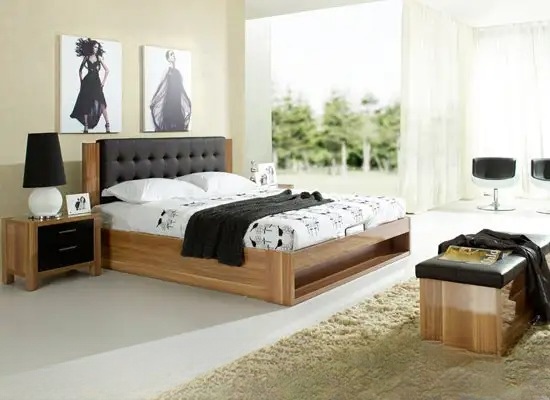
Stain cleaning tool selection: Due to the dry winter climate, wood is more fragile. In addition, the "baking" of air conditioning or heating causes a large amount of moisture to be lost from the wood, making the texture loose. Normally solid floors or furniture are likely to be easily scratched during cleaning. Therefore, when cleaning solid wood furniture, try not to use sharp cleaning tools to touch the wood surface to protect its surface from scratches.
Avoid misunderstandings and daily protection points for solid wood furniture
The longevity of solid wood furniture depends on careful care. If you don't take precautions after purchasing solid wood furniture, causing it to sustain unnecessary damage, the lifespan of the furniture will naturally be short. Here are some key points for daily use and care of solid wood furniture, not just winter protection.
1. Avoid direct sunlight on solid wood furniture

Although winter sunlight isn't as strong as summer, prolonged exposure to the sun, combined with the already dry climate, can easily overdry the wood, leading to cracks and partial discoloration. Therefore, in daily life, furniture should be positioned to avoid prolonged exposure to sunlight, either in whole or in part. Alternatively, use sheer curtains to block direct sunlight. This approach not only minimizes indoor lighting but also softens the light, adding a touch of warmth and romance to the room while protecting the furniture.
2. Handle with care to avoid bumps and scratches
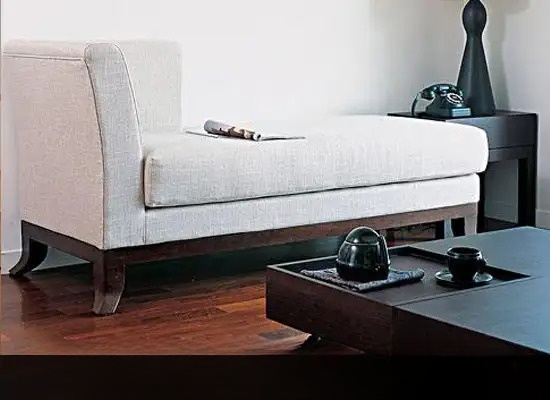
Solid wood furniture is considered high-end among wooden furniture, and it would be a real shame if it were accidentally scratched or chipped. When transporting or moving furniture, handle it with care and avoid pulling or yanking to avoid damaging the mortise and tenon joints. Tables and chairs should not be lifted from the top, as they can easily fall off. Instead, lift them from the sides and chairs from underneath. Cabinets are best lifted with the doors removed to reduce weight and prevent movement. If moving particularly heavy furniture, use a soft rope looped under the chassis to lift and move.
When cleaning, avoid touching furniture with cleaning tools, and do not let hard metal products or other sharp objects collide with furniture to protect the surface from hard scratches and hanging wires.
3. Keep away from heat sources and corrosive substances
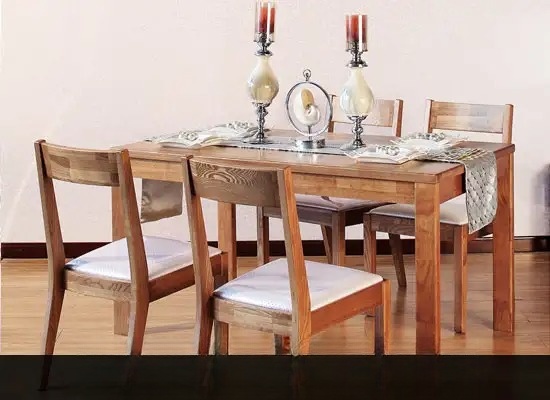
Do not place overheated or overcooled objects on solid wood furniture, keep away from open flames, and do not allow the surface of the furniture to come into contact with corrosive substances such as alcohol, banana oil, gasoline, nail polish, strong acid, alkali, etc. These will cause damage to solid wood furniture that is difficult to repair.
4. Avoid uneven placement of solid wood furniture
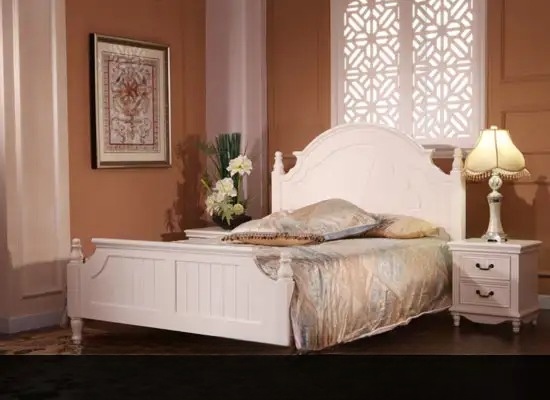
The floor where you place furniture must be flat, with all four legs firmly and levelly placed. Avoid uneven placement. Furniture that is frequently wobbly and unstable can loosen joints or fasteners, crack adhesive bonds, and ultimately shorten the lifespan of the furniture. The solution is to refinish the floor or use a slightly larger hard plastic sheet to level the furniture legs.
5. Avoid placing heavy objects on solid wood furniture
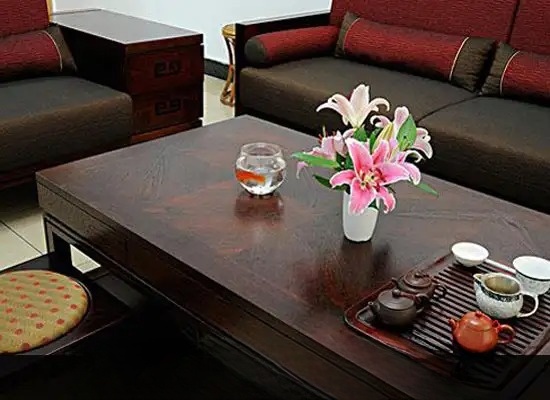
Avoid placing heavy objects on the surface of furniture for a long time, especially TVs, fish tanks, etc., as this can easily cause the furniture to deform. When placing objects on solid wood furniture, you should first lay a layer of cloth pad on the surface to effectively prevent dents.
Don't worry about damage to solid wood furniture common problems repair
Solid wood furniture will inevitably suffer various types of damage over time. It's useless to be sad about these damages. The most effective approach is to use appropriate methods to repair the damage and minimize the damage. Let's take a look at some common ways to deal with solid wood furniture damage.
1. Treatment of burns on solid wood furniture

When something very hot is accidentally placed on solid wood furniture, it is easy to leave burn marks. In this case, you can use a piece of dry, ultra-fine steel wool specially used for furniture painting to pad the burn mark and wipe it directly along the direction of the wood grain. You can also apply salad oil or mayonnaise to the burn mark and gently wipe it with a soft cloth along the wood grain. Then use a clean soft cloth to wipe it clean and finally polish it.
2. Treatment of burns on solid wood furniture
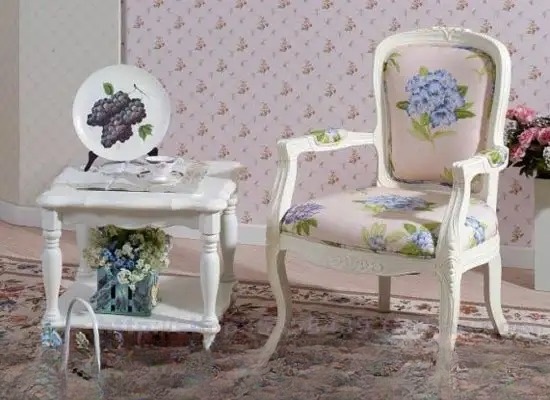
Cigarette butts or unextinguished matches will leave scorch marks on the paint surface of furniture. If the paint surface is burned, you can wrap a layer of fine-grained hard cloth on the matchstick or toothpick, gently wipe the mark, and then apply a thin layer of wax to fade the scorch mark.
3. Treatment of water marks on solid wood furniture

If water drips onto furniture and is not wiped off in time, water marks will remain after it dries. You can cover the water marks with a slightly thicker wet cloth and gently press them with a heated electric iron to remove the water marks.
4. Scratch treatment of solid wood furniture

If the paint surface of the furniture is scratched and the wood underneath the paint is not exposed, you can use a crayon or paint of the same color as the furniture to apply to the damaged surface of the furniture to cover the exposed base color, and then apply a thin layer of transparent nail polish.
5. Treatment of mold on solid wood furniture
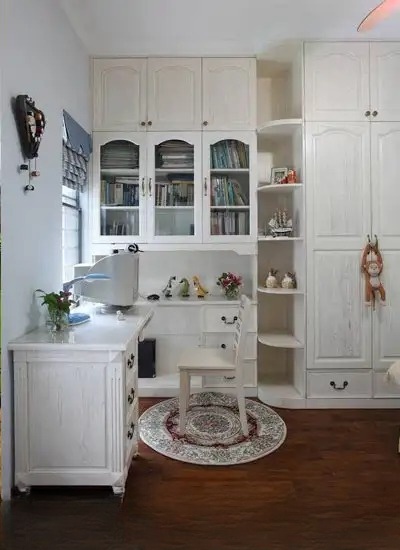
If you encounter mold on solid wood furniture, you can first clean it with a clean soft cloth dipped in neutral detergent or furniture-specific cleaner. Then, gently apply a layer of furniture wax or furniture-specific essential oil to the moldy part. Place a piece of soap or a gauze bag filled with dried tea leaves in the moldy area to help eliminate the smell.